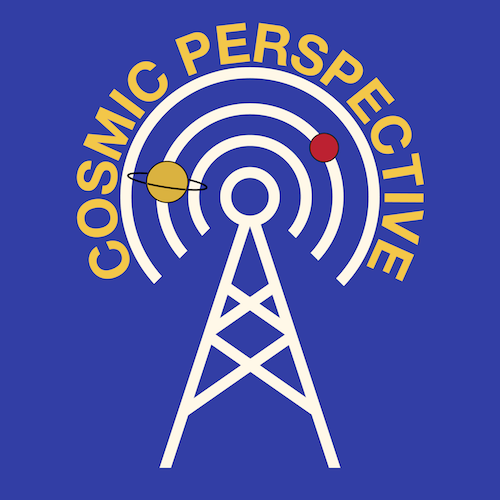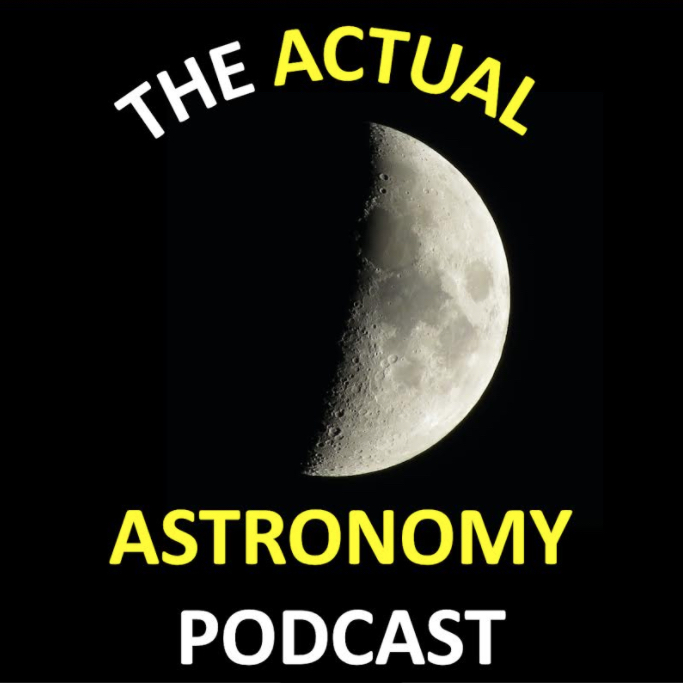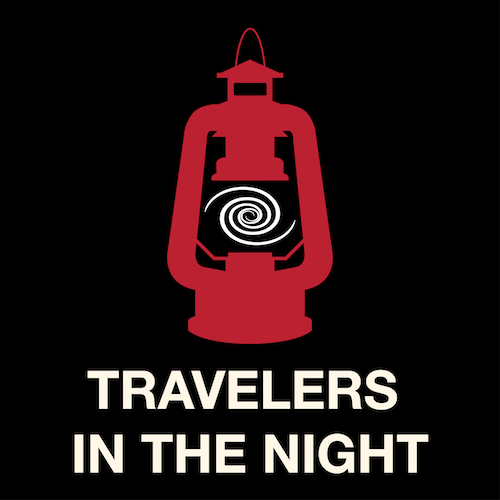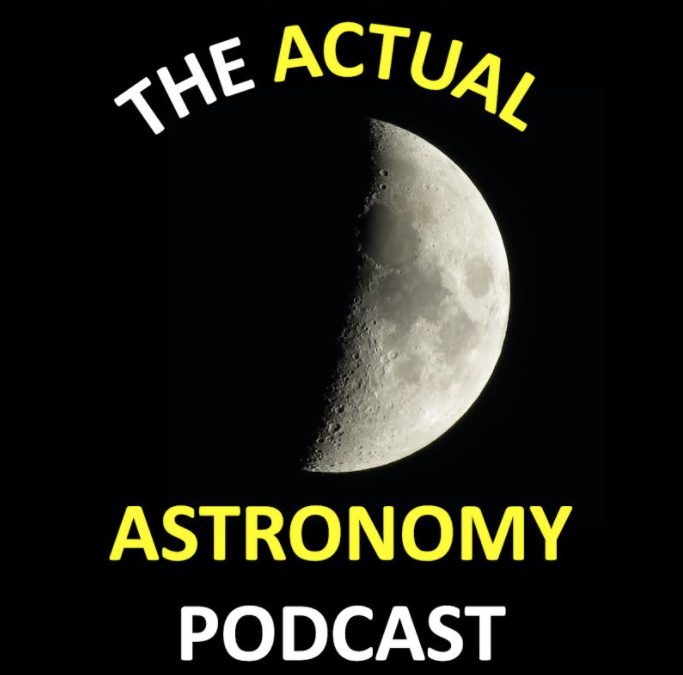Today’s Cosmic Perspective talk to Robert Reeves and discusses his new book, “Exploring the Moon with Robert Reeves” and how it can be used as a learning experience for a novice and an amateur astronomer


Today’s Cosmic Perspective talk to Robert Reeves and discusses his new book, “Exploring the Moon with Robert Reeves” and how it can be used as a learning experience for a novice and an amateur astronomer


The Apollo missions showed scientists that the craters on the Moon were from impacts rather than volcanoes. But recents discovery shows that volcano Compton-Belkovich glowed in the microwave. More bout it at #365DaysOfAstro

With Artemis 1 completing its robotic flight around the Moon, we know that the SLS works. Next comes Artemis 2, with a crew of astronauts flying past the Moon. But there are a long list of challenges to consider that could delay things considerably. Go or no go for launch.

Today story is about the discovery of 2016 DP that formed after two large asteroid collided in asteroid belt. And also Enceladus Ocean. More at #365DayOfAstro

December is here & the Last Minute Astronomer bring astronomy to normies and nerds, with little time to spare. We have the naked eye planets visible this month, the lunar phases, and then the meteor shower and other events, so you can plan ahead better than me.

The journey continue as @AstronomyCast discuss about Lunar mission since there are many nations on the Moon, near the Moon, around the Moon, traveling to the Moon. It’s a lot. We’ll talk about it today.

In this episode, @ActualAstronomy talk about observing the Planets Jupiter,Saturn and Venus as they pair with our Moon in the evening sky as well as other sights to see in the October Night Sky

This week we find out what would happen if the Moon was rotating fast and not tidally locked to the Earth also where the light and matter go into a black hole.

There could be a lake of liquid water beneath the south Martian polar cap. Also there are likely to be hundreds smaller than softball sized and perhaps several dozen football to beachball sized, natural Earth mini moons